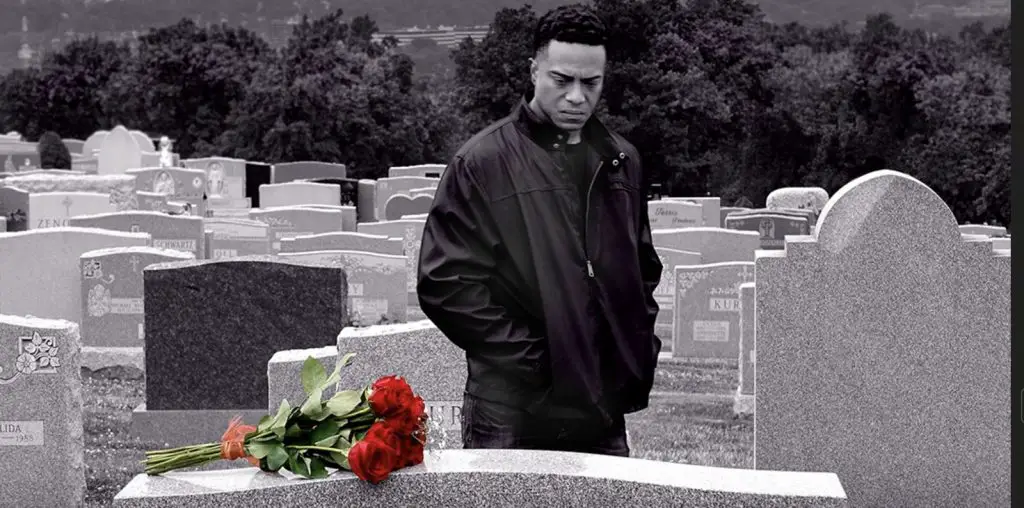
Slow nights and days in Shawnee, Oklahoma. The heavyset John (Jason Garner) knows them well. He works second shift at the local mill, which doesn’t get him home until early morning. Then there’s The Lighthouse, the local bar which offers endless bottles of beer and games of pool, but not much else. When he’s asked early on who’s in the bar, he rattles off a few names, capped off by, “Nobody.” And indeed, it feels like there’s nobody around in this town. People are at work at the mill, along with John, sitting in the break room, smoking cigarettes and drinking soda. Where he lives, he takes care of his stepmother Gretta (Donis Dowling) and vice-versa, moreso vice-versa later on. Besides the alcohol, Shawnee’s known for word getting around about what should be kept silent.
Ears perk up when it is learned that John is hanging out with Mary (Stefanie Quillen), a high school cheerleader who wants to get out of this small, dead town just like he does. They talk, they drink down by the lake, and they connect. There are a few sniffs and huffs and assumptions, as John’s told not to get too close.
And that’s the extent of “Looking for Hope.” Half an hour is spent at the outset watching John live his life. It sounds like a tenuous introduction, but with it having a low-key black-and-white look, along with various shots of quietude at the lake, sometimes in the bar, and when John slowly wakes up for work, it becomes downright poetic at just the right moments. Mary has some things to say about her town and so does Gretta, but when they do, it comes not out of writer/director Adam Hampton’s desire to have them say something, anything, but out of the years they’ve lived there. There’s a certain wisdom that comes with that kind of experience and it just comes out. It doesn’t sound planned.
“Looking for Hope” also has an innate homegrown feel that the actors understand and perform so well. Jason Garner, as John, must have thought of a lot that weighed heavily on him personally as John goes through night after night of work, and day after day of figuring out what’s next for him, if anything. When we first see him at The Lighthouse, he has an appropriately puzzled and stunned look. He seems to ask himself what he’s still doing here, why this bar again, any number of questions that come with someone who realizes that the small town they once grew up in is no longer the same after they’ve grown up. That kind of security becomes a prison.
Stefanie Quillen is also the same kind of revelation as she’s not entirely sure what she wants, but she doesn’t worry about it yet as much as John does. She has a job at the local movie theater, she’s on her spring break during one week (the film spans several weeks), and life is what it is for her. High school’s not over yet. There’s still that to finish. When she gets to know John more, it’s a natural connection between the two. There’s a comfortable rapport there and when the inevitable happens, there’s no rush for extraneous music. It’s happened and the consequences take time.
By bringing Oklahoma forth like this, Hampton may be on to something good. When was the last time you saw a film set in Oklahoma that was shot in Oklahoma? This story feels fairly common, but it’s the people involved that lift it above that. Hopefully Hampton sees it fit to bring more and more of Oklahoma to the rest of the country. His sensibility sure can match the task.
